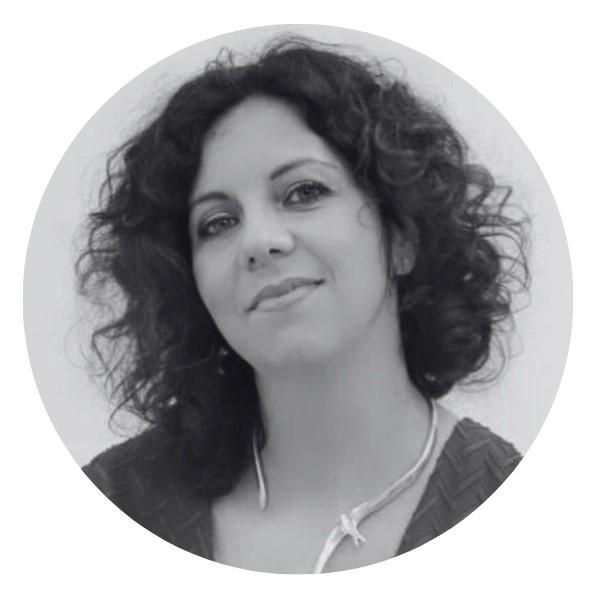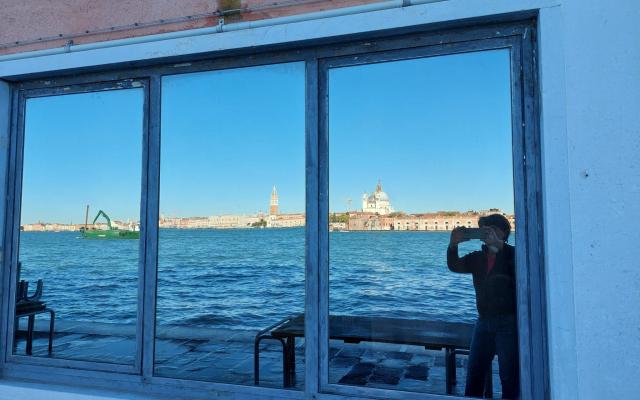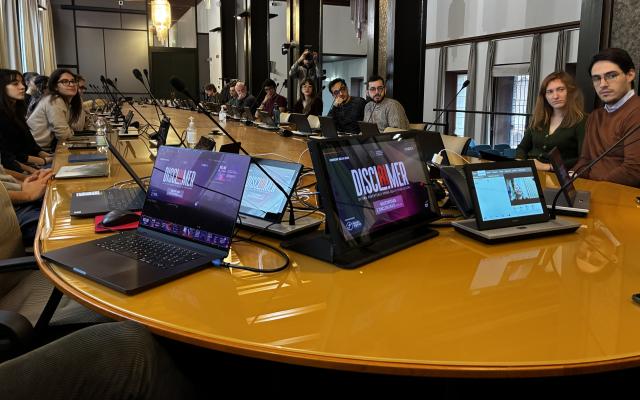Towards RomeCup 2025, from a passion for the sea and extreme sports to technological research
Sometimes the most revolutionary ideas are born from a simple intuition, one that has its roots in everyday life. A ferry trip to Capraia, the view of the sea stretching to the horizon, the realisation that any emergency at sea requires speed, precision and new solutions. This is how the ‘New Safety Drone’ was born, the life-saving drone designed by the startup Human Drone Team srl together with the Scuola Superiore Sant'Anna di Pisa, which is being presented in the demonstration area of the RomeCup 2025.
A project that combines sport, technology and civic spirit, born from the direct experience of Ettore Ardisson, president of the company: volunteer rescuer, extreme sports enthusiast, who grew up in symbiosis with the sea of Livorno. An idea that today, thanks to the collaboration with Veleria San Giorgio and the cutting-edge research of the University of Sant'Anna in Pisa, has taken shape in a drone capable of reaching those in difficulty, lowering a life jacket, initiating radio contact and transmitting the position to the rescue services in real time.
New Safety Drone at RomeCup 2025
In the demonstration area of RomeCup 2025, the startup Human Drone Team srl is presenting its prototype rescue service for sea and land rescue thanks to artificial intelligence, developed together with the Sant'Anna Institute of Pisa. The ‘New Safety Drone’ was created thanks to a collaboration between Veleria San Giorgio, Human Drone Team and the Sant'Anna University of Pisa. It is able to reach the person to be rescued, lower a life jacket and activate radio communication, and then transmit the exact position for the recovery of the person in the sea to the rescue team.
Rescue technologies
The idea was born from a passion for sport combined with a great sense of civic duty, as Ettore Ardisson, president of the company that developed it, explains: ‘My passion for extreme sports and active volunteering in civil protection were the driving force behind the development of the project. I have always been attracted to adrenaline-fuelled activities such as bungee jumping and parachuting, and at the same time I have developed a strong interest in rescue operations. These two elements, together with a ferry trip to the island of Capraia, inspired the initial project. After all, I have always lived in Livorno, in symbiosis with the sea, and over the years I have come to know both its beauty and its dangers. As a rescuer, I have experienced first-hand the difficulties and limitations of traditional means in rescue operations. From this experience came the desire to find a more effective solution, one that could guarantee speed and safety in interventions. This is how the idea of a drone was born: a vehicle capable of combining speed, precision and versatility, overcoming the obstacles of current rescue technologies. It was a completely new challenge, never tried before, and turning it into reality required commitment, research and field tests. Despite some initial uncertainty, I believed in the project from the start and invested all of myself in it. Today, after a lot of work, our drone is ready to become a reality’.
From the idea to the prototype: all the development phases
‘We started with the research and development phase, analysing the main rescue scenarios and the available technologies. We then designed and tested a drone capable of transporting and releasing flotation devices in a precise manner, guaranteeing reliable operations even in adverse conditions. After this phase, we decided to protect our idea with a patent, so as to protect the company from competitors and guarantee its growth in the sector. In addition, we are developing an artificial intelligence-based driver assistance system, which will allow even less experienced operators to manoeuvre our drone with ease and safety. The whole process involved engineers, rescue experts and field tests to refine the system. We involved two important partners, Veleria San Giorgio and the Scuola Universitaria Superiore Sant'Anna di Pisa, to benefit from their experience and expertise, which allowed us to progress more quickly, building on a solid foundation laid by experts in the field’.
Behind the scenes of innovation
‘Thanks to the support of my friends and former business partners, Alessandro Maestrini and Simone Pietra Caprina, we analysed the various possibilities and solutions already existing in the sector, looking for similarities with our idea. However, as often happens, the concrete realisation of the project required significant investments. For this reason I decided to personally take on the burdens and honours of the initiative, while always counting on the external support of my childhood friends and new collaborations developed over the last four years’, continues Ardisson. ’Today the system has attracted the attention of various organisations, we can offer a significant contribution to future challenges. We are developing new solutions for the use of artificial intelligence in autonomous and semi-autonomous rescue, in collaboration with the Department of Biorobotics of the Sant'Anna School of Advanced Studies in Pisa’.
‘Furthermore, through our digital maps, we want to propose innovative tools to improve tourist reception in our country, with particular attention to a context of extraordinary value such as that of the RomeCup. For us, this is an excellent opportunity to show our system to a wider audience and stimulate debate on the use of drones in rescue. We want to share our experience, receive feedback and create connections with academic and industrial organisations that can contribute to the development of the project’, he concludes.

By Onelia Onorati, press office




